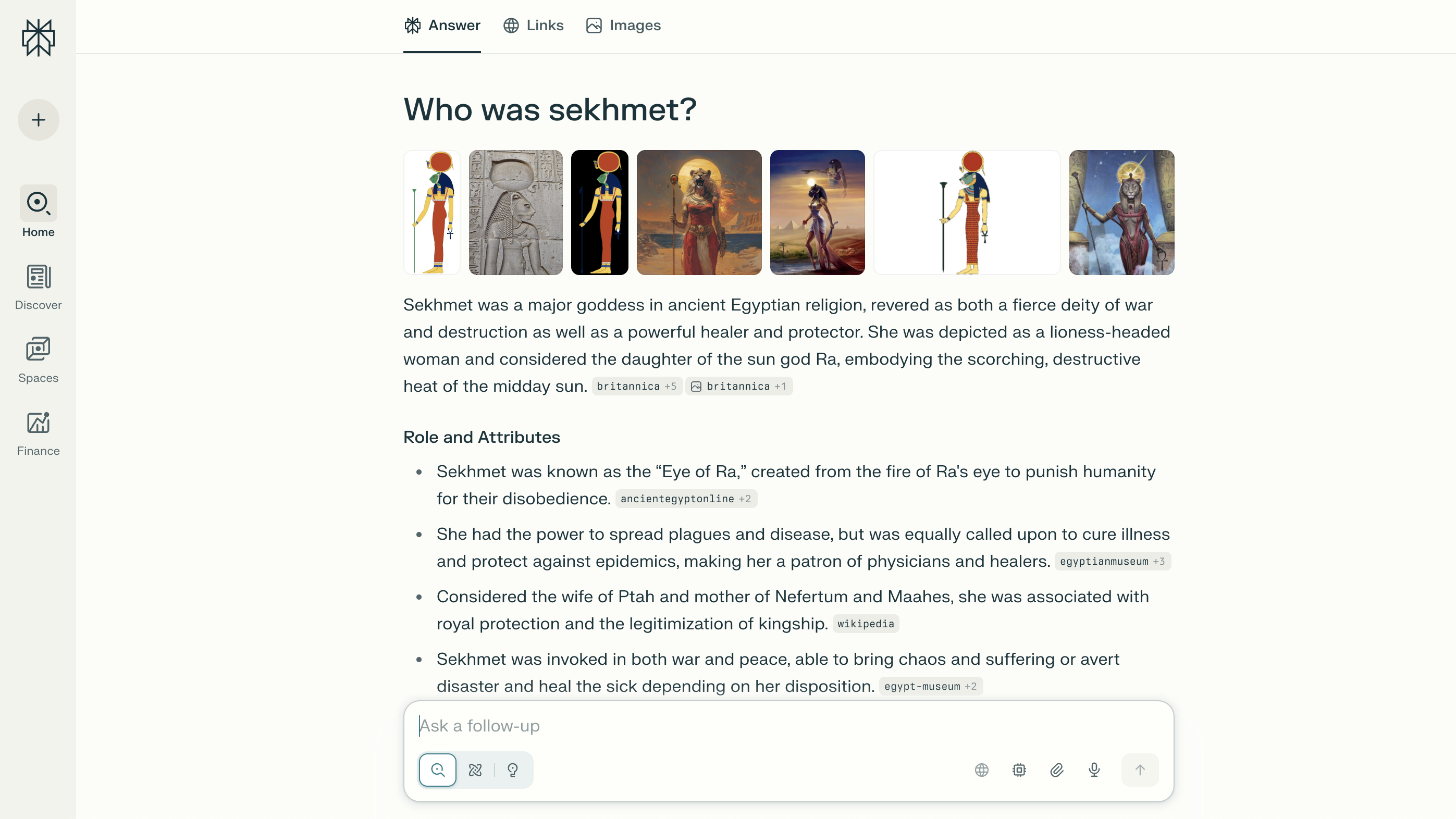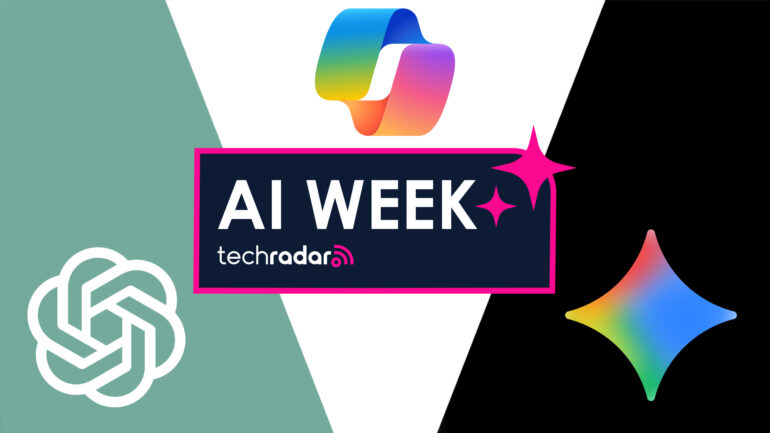🔴 Website 👉 https://u-s-news.com/
Telegram 👉 https://t.me/usnewscom_channel
TechRadar AI Week 2025
This article is part of TechRadar’s AI Week 2025. Covering the basics of artificial intelligence, we’ll show you how to get the most from the likes of ChatGPT, Gemini, or Claude, alongside in-depth features, news, and the main talking points in the world of AI.
Google has just rolled out Gemini 3 it’s newest and most capable AI model so far. It’s going to change how a bunch of Google’s products work, including AI Mode. But if you’re wondering what Google AI Mode actually is, you’re not alone, a lot of people are confused.
There’s plenty to criticize about traditional search and the way regular Google, without the AI bells and whistles, works. Like outdated SEO tactics, ads and a constant battle to surface what you’re actually looking for. But shifting from this type of search to AI-generated answers raises its own questions. Is AI Mode better or worse than regular search? We don’t have a definitive answer, but understanding how Google’s AI Mode works can help you decide whether to use it or avoid it entirely.
Google AI: AI Overviews vs AI Mode vs Gemini
Before going any further, it’s worth unpacking Google’s terminology, which is confusing. There are currently three different AI terms you need to know about, AI Overview, AI Mode and Gemini.
AI Overview is that short summary that appears at the top of normal search results. But AI Mode is separate. It has to be opened via the AI Mode tab or by visiting google.com/ai. It replaces traditional search results entirely with an AI-generated page. Then there’s Gemini. This is both a standalone chatbot and the name of the model that’s powering all of Google’s AI products. Most people we’ve spoken to didn’t know these are separate tools, which doesn’t really help Google market AI Mode as a new way to search.

How does AI Mode work?
AI Mode is powered by a version of Gemini that’s been fine-tuned for search.
For example, it uses multi-step reasoning, which essentially breaks down complex questions into smaller chunks, allowing it to better understand nuance and better understand what you’re asking. Google also claims AI Mode is less likely to hallucinate (an industry term for when AI makes stuff up) because it can check its answers against Google’s indexed data before presenting them back to you.
There are a lot more technical components under the hood, Google’s AI in Search explainer goes into more of the details. But the important thing to understand is how these pieces come together. They place AI Mode somewhere between a traditional search engine and an AI assistant. It’s not quite a chatbot, and it’s not quite a classic search tool. It’s a hybrid that Google has designed to be more helpful and more efficient than either on their own.
Is Google AI Mode good?
Whether it’s “good” depends on what you want from search. If you like searching for something and seeing a long list of links that you can then go and look at, then AI Mode is probably going to feel overly curated. As if the AI has already decided what you get to see before you even starting exploring or thinking for yourself. But if you appreciate a neatly packaged summary it is very convenient.
Take a look at the screenshots below to see a simple example. We asked “Who was Sekhmet?” and AI Mode produced a clean, well structured page with images, headings, explanations and direct links to its sources.


It feels like it’s giving you a simple report. Which is very similar to Perplexity. This makes sense given that Perplexity was built for search and research too. For straightforward queries or if you need to understand something in a hurry, the experience is way quicker and genuinely helpful.


Google’s advantage here is that it already has such a vast store of data. A model is only really as useful as the information it can use and think about it, Google has an enormous index across all its products, like Maps, Shopping, images, videos, reviews, news and much more.
So, for example, if you use AI Mode for shopping, it’ll pull out key features, highlight expert opinions, compare prices and link directly to retailers in a way that’ll definitely appeal to people who find online shopping overwhelming.
Of course, other AI tools can do this too. ChatGPT is surprisingly good at helping you shop. But AI Mode is a good option if you still want to steer clear of a more chatbot-style experience and really just want the info and as little back and forth as possible.
How does AI Mode compare to chatbots?
This is where the distinction gets a bit clearer. Google’s AI Mode and Perplexity both operate like AI-powered search engines. Whereas ChatGPT is built for conversation, creativity and more long-form assistance and back and forth. It does retrieve information but only when you’ve asked it to.
Ask ChatGPT “Who was Sekhmet?” and it’ll present similar facts. But ChatGPT will tend to feel more personal, flexible and expressive (though you can add Custom Instructions to customize your ChatGPT experience). Google’s AI Mode is more grounded, structure and has a more rigid design when it comes to the results it presents.
So if you want creativity, a tailored experience or a conversation about what you’re looking for that could go in a whole load of directions, use Gemini or ChatGPT. If you want a research summary or a clear explanation from a trusted source, AI Mode is your best bet.


Should you use Google AI Mode?
The answer depends entirely on you and how you like to see and digest information. Granted, traditional search does still tailor results and show you links based on an algorithm. But it still makes sense if you enjoy exploring links, comparing perspectives or discovering sources you didn’t expect to find.
Whereas AI Mode is really appealing if you’re short on time, overwhelmed by search results or simply want a clear snapshot of something before digging deeper. It’s streamlined and direct, and for many people that will by exactly what they want.
But the convenience does come with trade-offs. AI Mode’s answered are very polished and that could erase some of the discovery that makes the internet interesting. Many people enjoy stumbling across a personal blog or falling down a Reddit rabbit hole or finding a niche site they wouldn’t usually see.
You could argue Google already tries to rein in that sort of serendipitous discovery, but AI Mode sort of cancels it out completely in favor of efficiency. And behind that efficiency is the reality that it digests and serves up content created by real people who may never get a click through to their website or credit for all of their hard work.
So there’s a bigger concern here which goes beyond whether AI Mode is good to use, but what happens if it does become our default way to browse the internet. If users stop visiting original sources, publishers, reviewers, bloggers, recipe writers and news outlets, they’ll all struggle to keep going. And with fewer people clicking through, the diversity and depth of the whole web could shrink.
So sure, AI Mode is incredibly helpful. But it’s worth bearing in mind whether that convenience is worth it when you’re deciding if it should be your new everyday search tool.
Follow TechRadar on Google News and add us as a preferred source to get our expert news, reviews, and opinion in your feeds. Make sure to click the Follow button!
And of course you can also follow TechRadar on TikTok for news, reviews, unboxings in video form, and get regular updates from us on WhatsApp too.



The best video cameras

